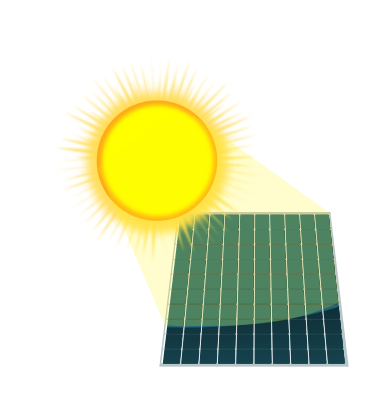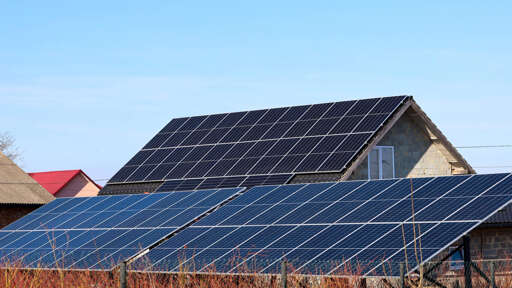Solar energy experts in Germany are putting sun-catching cells under the magnifying glass with astounding results, according to multiple reports.
The Fraunhofer Institute for Solar Energy Systems team is perfecting the use of lenses to concentrate sunlight onto solar panels, reducing size and costs while increasing performance, Interesting Engineering and PV Magazine reported.
The “technology has the potential to contribute to the energy transition, facilitating the shift toward more sustainable and renewable energy sources by combining minimal carbon footprint and energy demand with low levelized cost of electricity,” the researchers wrote in a study published by the IEEE Journal of Photovoltaics.
The sun-catcher is called a micro-concentrating photovoltaic, or CPV, cell. The lens makes it different from standard solar panels that convert sunlight to energy with average efficiency rates around 20%, per MarketWatch. Fraunhofer’s improved CPV cell has an astounding 36% rate in ideal conditions and is made with lower-cost parts. It cuts semiconductor materials “by a factor of 1,300 and reduces module areas by 30% compared to current state-of-the-art CPV systems,” per IE.



I think they will simply get burned as they are not designed for radiation levels 2x or even 10x of normal sunlight. (10x would be a huuuge lens) The cells in the paper are actually fucking tiny, the lenses apparently create an area with 1000x the energy density as normal sunlight, so these cells are just completely different from normal PV cells. If you focused that much energy on a normal PV panel it would just melt or evaporate.
So the actual cell is roughly 0.6mm by 0.6mm